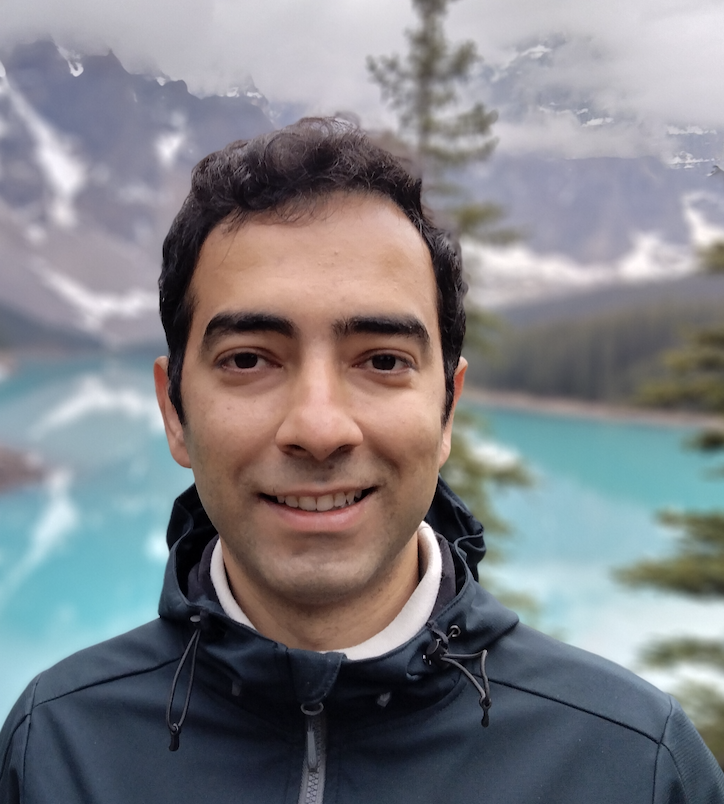On Lawvere-Tierney topology
Published:
Myles Tierney died on October 6, 2017 at age 80. He was one of the influential category theorists particularly in the earlier days of development of category theory, and made important contributions to category theory in collaboration with Bill Lawvere and with André Joyal. I encourage you to read two well-written and touching obituaries on life and work of Myles:
- by Andre Joyal
- by Bill Lawevere
We saw it fit to have a session in our category reading group discussing Lawvere Tierney topologies, something that we wanted to know for a while, and to honour Tierney’s contribution to beautiful subject of topos theory.
Here is supplementary notes to my talk which I gave in CARGO on October 24:
Also, make sure you read Zhen Lin’s intuitive answer to “What is a Lawvere-Tierney topology?” on math.stackexchange:
There he highlights the right view that Lawvere-Tiernery topologoies should ineed be called local operators since they have little to do with classical notion of topology. In fact topologies on a set $X$ are in correspondence with lex comonads on poset category $P(X)$ of all subsets of $X$ (aka lex coclosure operators) while a local operator is a lex monad. This point is echoed both by Johnstone in the Sketches of an Elephant and also in Lawvere’s obituary above where he says:
He [Myles Tierney] emphasized in general that Grothendieck had made the category (rather than the space) the central aspect that we should explicitly axiomatize. We had a pre-publication copy of SGA4 that we consulted frequently. In that work there was a significant advance over previous formulations of the sheaf condition: In a pre-sheaf topos, a covering specified by a Grothendieck topology, was no longer an infinite family of subobjects, but a single subobject R, (which of course might be imagined to arise as the union of a family); this made possible the formulation of notions in finitary terms, indeed in terms of a single operator whose properties Myles made precise. (Some people object to calling such operators topologies; the same objection applies to Grothendiecks use of the term topologies for his equivalent notion, which is of course also not literally a topology in the classical sense. Later we referred to such an operator as a localness operator, as a modal operator it is locally the case that, or as a Tierney closure operator which - as I pointed out to Kuratowski on his visit to Dalhousie - is not a Kuratowski closure operator since it preserves intersections, rather than unions. Similar operators arise in other parts of mathematics where they are sometimes called ‘nuclei’.)
Some of important work of Myles Tierney
André Joyal and Myles Tierney, An Extension of the Galois Theory of Grothendieck, Memoirs of the American Mathematical Society 51 (1984).
André Joyal and Myles Tierney, Strong stacks and classifying spaces, Category theory (Como, 1990), 213–236, Lecture Notes in Math. 1488, Springer 1991.
André Joyal and Myles Tierney , On the theory of path groupoids, J. Pure Appl. Algebra 149 (2000), no. 1, 69–100
André Joyal and Myles Tierney, Quasi-categories vs Segal spaces
André Joyal and Myles Tierney , Notes on simplicial homotopy theory, CRM Barcelona, Jan 2008, another copy
